
Published:
Readtime: 10 min
Every product is carefully selected by our editors and experts. If you buy from a link, we may earn a commission. Learn more. For more information on how we test products, click here.
There is something almost sacrilegious about seeing Nick Cave and Matt Smith in the same room. They sit, shoulder to shoulder, squeezed into a tiny frame just wide enough to fit on my laptop screen and yet from the other side of the world, the contrast paints a vivid picture.
Cave, thin and sepulchral, reclines back in his chair, draped in a crisp-cut charcoal suit, wide lapels canvassing a striped necktie. Pensively, he speaks in low, calculated tones, each word carefully plucked from the recesses of his memory and presented with delicate, deliberate intent. Smith, on the other hand, muses with a cautious energy. He lurches forward in his chair, a cagey smile printed across his pale face.
They are, by any definition, men who’ve made their careers out of control. The troubadour and the time traveller, the two creatives might preach from a different pulpit, but with The Death of Bunny Munro, the new BINGE Original series starring Smith and adapted from Cave’s 2009 novel, they are almost certainly singing from the same hymn sheet.
The Death of Bunny Munro
Across six confronting episodes, Smith, Cave and director Isabella Eklöf take viewers on a wild ride through turn-of-the-millennium Brighton. The salt-weathered English seaside town, best known for frolicking family fun, is completely transformed into a vicious labyrinth of excess, greed, lust and grief. At the centre of it all is Smith’s Bunny Munro, a sex-addicted, over-the-hill door-to-door beauty salesman grappling with the responsibility of fatherhood following his wife Libby’s death by suicide.
It’s a remarkable performance. Equal parts humorous and disturbing, Smith’s portrayal of the despicably delightful Bunny is unlike anything on television today, and it doesn’t come by accident.
“I was lucky in that I had this kind of Bible of a book, which is so rich in thought and detail, to pull from. So that really adds to being able to create an inner life for this person,” Smith tells me. “I just read the first pilot, and then I went to meet Nick, and I just wanted to know more. I was like, ‘Who the fuck is this guy?’ So, I went and read the book, and I thought, ‘Oh, man, I have to play this part.’ I need to say, I had a wonderful time making it. I loved it.”
The series sees Smith’s self-professed lothario saddled with his young son, Bunny Junior (played by remarkably talented Rafael Mathé in his television debut), as he attempts to pick up the pieces of his fragmented life. As the two struggle to contain their grief in wildly different ways, Bunny takes Junior on the road for an increasingly out-of-control door-to-door sales tour around Brighton and the surrounding coast.
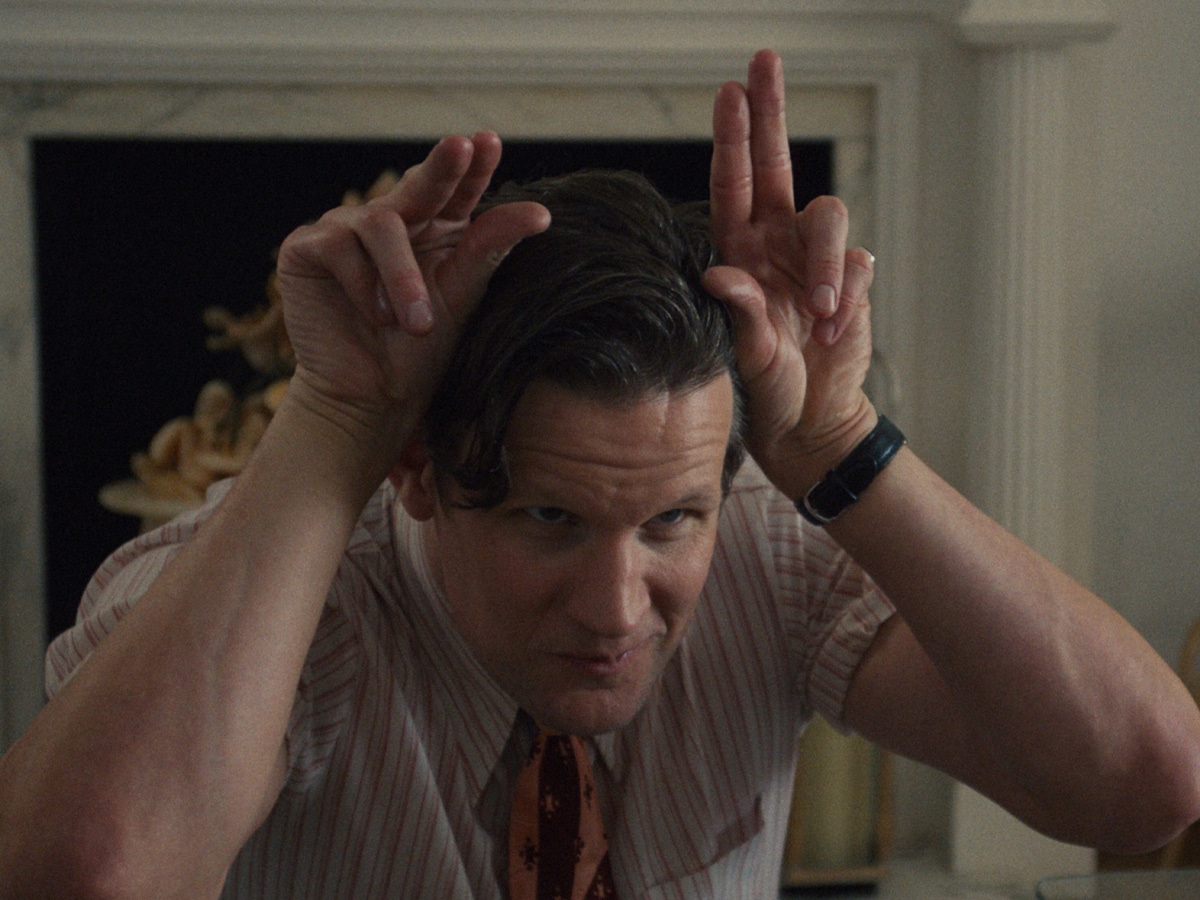
Hot and Problematic
For writer and executive producer Nick Cave, The Death of Bunny Munro has always served as a mirror; a modern-day parable that muses on the grotesque impulses of a culture obsessed with desire and power. When he wrote the novel in 2009, he described it as a pulp of the religious text, The Gospel of Mark and Valerie Solanas’ scathing assessment of maleness, SCUM Manifesto. Sixteen years later, it feels more relevant than ever; the only difference, he tells me, is physical.
“Well, the thing that’s different about the Bunny Munro in the book and Matt’s Bunny Munro is that Matt’s Bunny Munro is hot.. He’s actually attractive,” Cave laughs. “The Bunny Munro in the book; he’s just not very good at what he’s doing. He’s like a sex fiend or an old-time sort of sex maniac, but he’s just not very good at it; people just find him a bit repulsive.”
“Whereas in the new version, you can see Matt’s charisma and charm working the ladies, which adds a kind of even more problematic aspect to the whole thing,” Cave continues. “You can see these women kind of melt away when he starts to do his routine. The book goes to some extremely dark places, but the TV series, in its own way, is probably even more transgressive.”
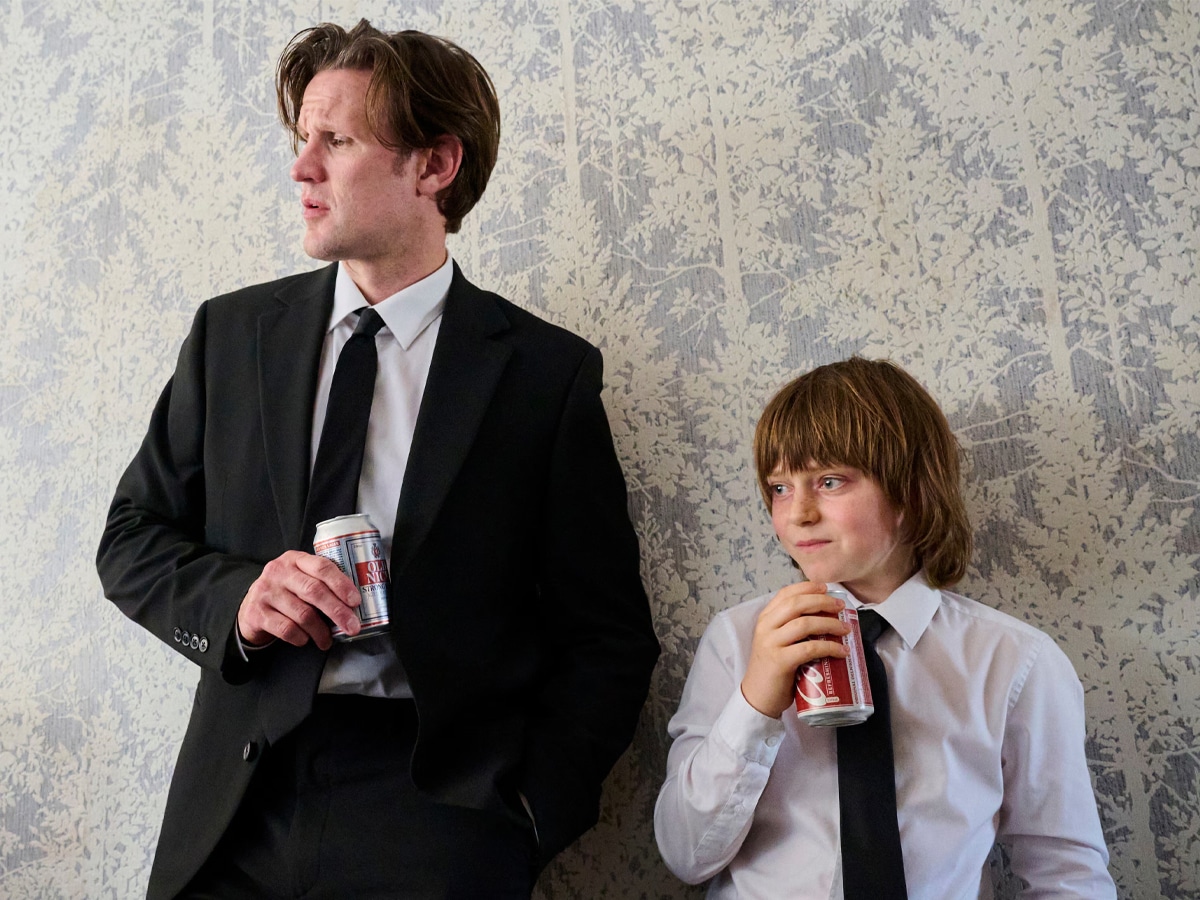
Innocence Lost
Right from the outset, you can tell The Death of Bunny Munro is not going to be a straightforward narrative. The series opens in explosive fashion, depicting the real-life arson attack that reduced Brighton’s famed West Pier to a smouldering ash and left the country’s most recognisable children’s arcade in ruins.
It’s a perfect allegory for the loss of innocence, a thematic element that undeniably flows through Cave’s polarising source material. As Bunny bounces from one sales pitch to the next, trying to seduce any woman he meets, the thin veneer of control begins to fade. As he starts to unravel, Bunny realises that he must do something to rescue his son from his own outdated notions of what it is to be a man and save him from becoming another Bunny Munro.
While Smith may anchor the series, it is Bunny Junior who gives the cautionary tale its critical through line. His days are spent talking to the ghost of his mother and grappling with the dawning realisation that his dad isn’t just fallible, but a complete wreck. As Smith explains, Mathé’s performance is what ties the whole series together. “We cast really well in Bunny Jr. If we’d got that wrong, there’d be no show, really.”
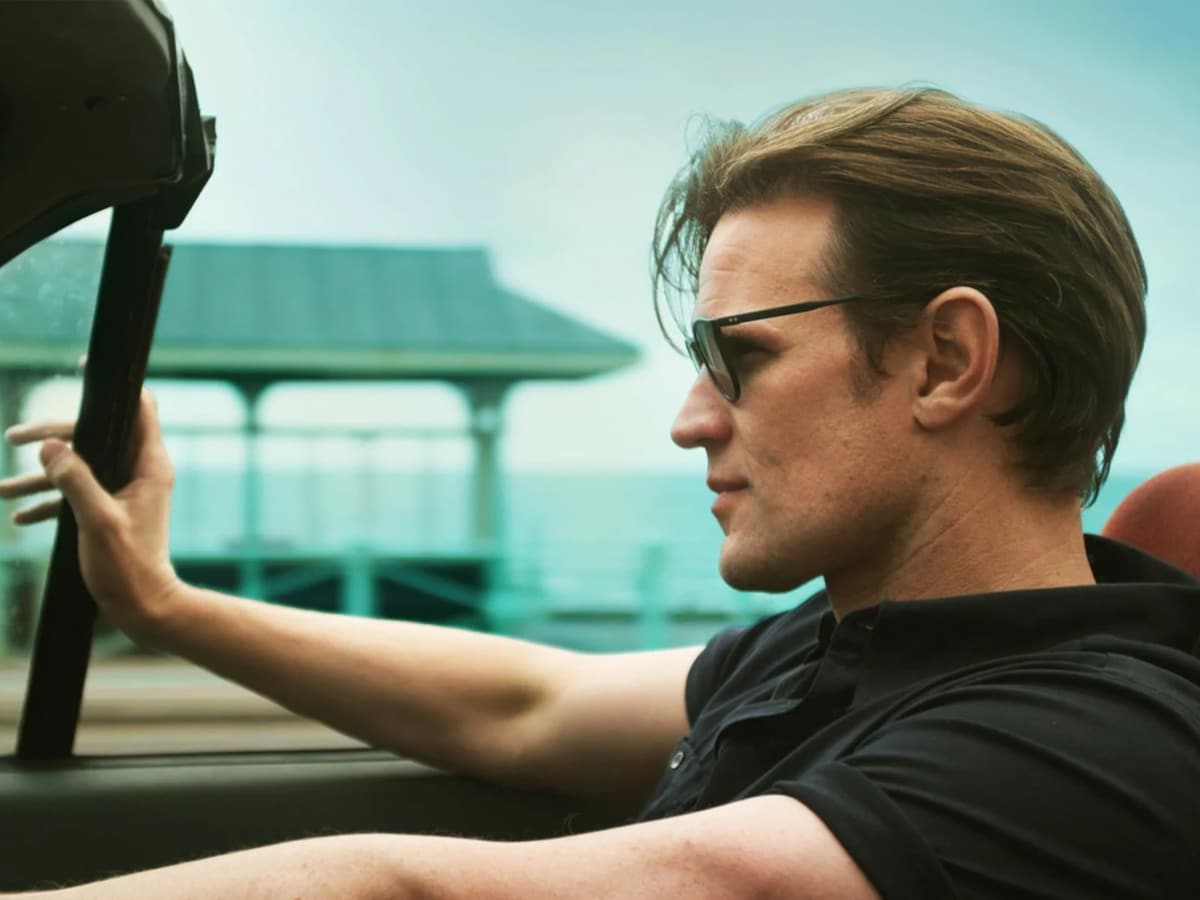
An Exploration of Sin
At its heart, The Death of Bunny Munro feels like an exploration of the seven deadly sins. Bunny’s relentless pursuit of pleasure and validation fuels his lust, while greed drives his search for the next sale and pride blinds him to the devastation he leaves behind. Yet in the midst of this spiral, the series forces the viewer to confront an uncomfortable truth: these vices are not aberrations, but reflections of a shared human frailty.
Threaded through this moral decay is the haunting presence of a literal demon, a murderous figure who cuts a bloody path across England dressed in a devil’s suit, complete with horns and a trident-like stick. The violent rampage operates as both a physical manifestation of Bunny’s inner torment and a grotesque personification of sin itself.
Each appearance blurs the boundary between hallucination and reality, and as Bunny and his son flee further into chaos, the devil’s shadow looms ever closer. It reads as a constant reminder that you can’t outrun your sins; you can only face them.
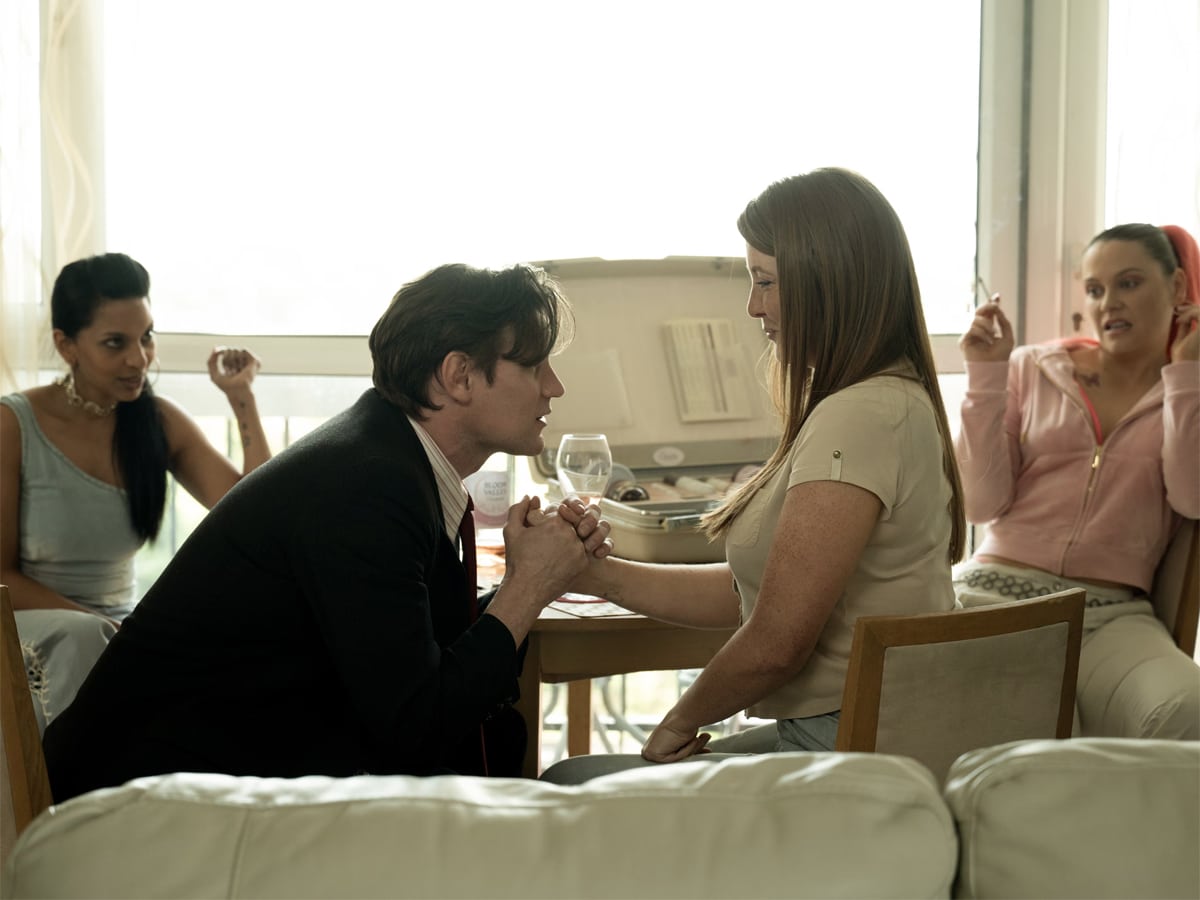
Finding Bunny Munro
As Cave rightly points out, the television series diverges from the source material, painting Bunny in a slightly different light. The visual medium lends itself to more graphic undertones, and yet it is what is left unshown that makes all the difference.
“What Clerkenwell did, along with Matt and Isabella, in the way they did the book, was entirely new,” Cave says. “It’s quite different from the book in that it’s not internal. It’s much more about what this character does, and I just think it makes for kind of compulsive TV.”
Somewhat surprisingly, The Death of Bunny Munro almost didn’t happen. Cave divulges that countless adaptations have been planned, scripted, and were in pre-production before ultimately falling apart. The issue, he reveals, was finding someone crazy enough to play the downright despicable Bunny.
“It was really interesting. My relationship with the character has been a strange one because there have been these long years of being completely dormant,” Cave says. “Then you get this sort of excitement around it because someone decides they want to make it, and then they’re unable to do it. They can’t find anyone crazy enough to play the central character. This has been going on for years and years. Finally, Clarkenwell got hold of it, and Matt stepped in. So, my interest in it has just been completely reanimated.
For Smith, the role wasn’t just an opportunity to chew the scenery and play up to societal tropes, but rather, a poignant reminder of humanity. At its best, The Death of Bunny Munro is darkly funny, brutally human and surprisingly relevant, but at its worst, it’s a stark reminder of the duality of man. On either side, it makes for fascinating viewing.
“I think we have a sort of duty to tell stories like this, shine a light on characters like this and make work that, at its best, feels polarising,” Smith explains. “So much of the stuff we see is this homogenised sort of just gumpf. The reason I love Bunny and I love this TV show, and I think we’ve made a really strong piece of work, personally speaking, is because it feels fucking original.”

The Ugliness of Reality
In 2025, that line hits differently. Bunny’s spiral through grief and guilt sees him indulge in drugs, women, chaos and lust, leaving a trail of destruction and one very independent son in his wake. On paper, Bunny should be despicable, a difficult watch and a lowly figure, but under Smith’s direction, Bunny becomes something far worse: recognisable.
“Even though people may not relate to Bunny Munro totally, I don’t think anyone can really look at Bunny on some level and find that it’s not talking to some aspect of themselves as human beings…as suffering human beings,” Cave tells me. “Even though his sort of transgressive nature is kind of on steroids, I don’t think he’s unrelatable to people. He’s not just some weird aberration over there. He’s a deeply human character.”
By the end of The Death of Bunny Munro, you start to get a sense that Cave and Smith aren’t just musing on a deplorable sex-crazed make-up salesman, but rather, on the entire mythology of male stoicism. It’s a grotesque critique of the traditional view of masculinity, and of artists who mistake control for creativity. What Cave and Smith have done, in their own unique ways, is replace the performative through line of what is palatable to audiences with what is real.
Pearl-clutching audiences might not like it, and at times, you may find yourself watching scenes through your fingers in equal parts fascination and disgust, but isn’t that what art is supposed to do? Elicit an emotional response, no matter how raw?
As Smith ruminates towards the end of our discussion, there is more to the visual medium than mere entertainment. The Death of Bunny Munro is a dark and twisted cautionary tale that ripples with heart, nuance and a wicked humour.
“Who knows what audiences will make of it?” he says. “You can never sort of evaluate that before they make anything of it. I just think it’s important. It feels like quite a brave piece of work to put on screen.”
The Death of Bunny Munro will be released on 20 November on BINGE and will premiere on Foxtel’s Showcase at 8:30 pm. All six episodes of the limited series will be made available simultaneously. Produced by Clerkenwell Films, part of BBC Studios, in association with Sky Studios, the series stars Matt Smith, Rafael Mathé, Sarah Greene, Johann Myers, Robert Glenister, and Elizabeth Berrington.














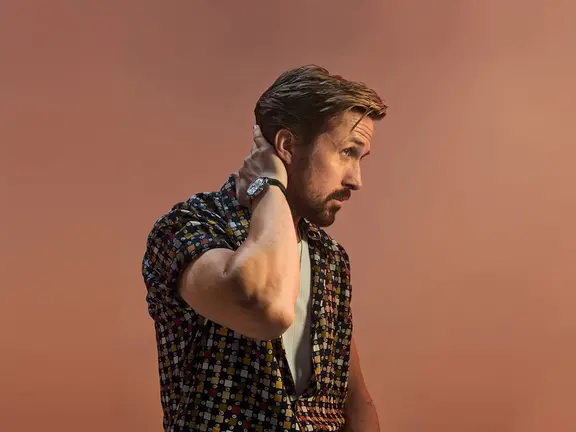



















Comments
We love hearing from you. or to leave a comment.